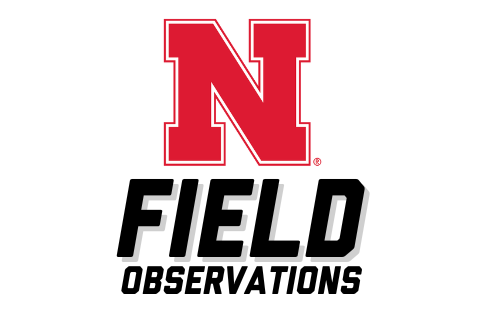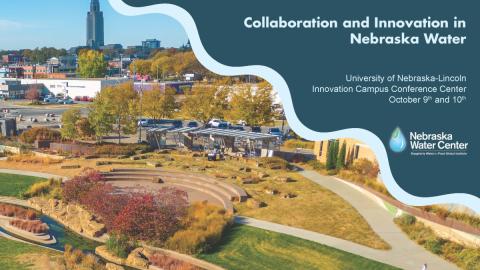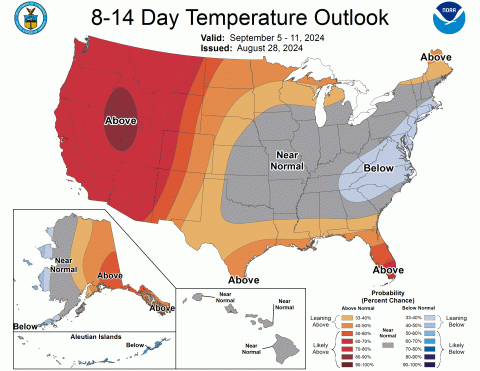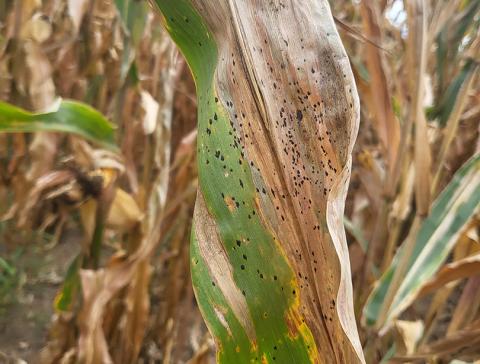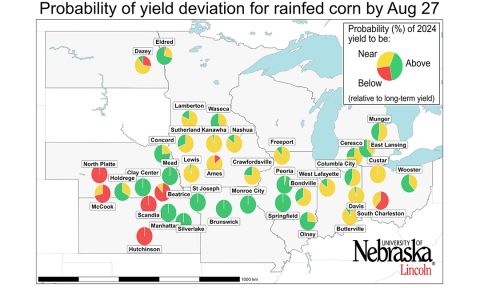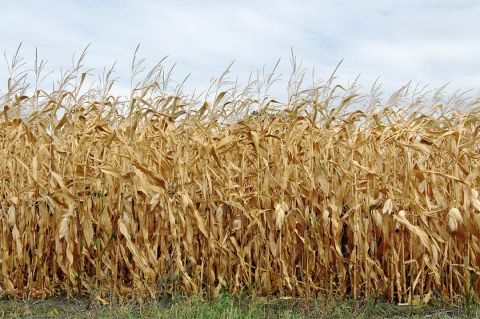
Crop Progress: Crops in Good Condition Despite Increased Dryness
September 3, 2024
Though drought has crept back into several regions of Nebraska, most crops and soil moisture levels are still in relatively good condition.
This Week on N Field: In-season Look at Your Pivot
August 30, 2024
Tips to quickly assess your center pivot’s performance while it is running.
2024 Nebraska Water Conference to Focus on Innovation, Collaboration
August 30, 2024
Hosted on the Nebraska Innovation Campus in Lincoln, the 2024 Nebraska Water Conference will feature discussions on key water issues and networking opportunities.

UNL and WNCC Partner in Higher Education for Panhandle Youth
August 29, 2024
A new program will enable students in western Nebraska to seamlessly earn a bachelor's degree in ag education while staying close to home and addressing critical teacher shortages in their communities.
Weekly Weather Outlook and Update: Aug. 29, 2024
August 29, 2024
Overall, the first two weeks of September will bring minimal precipitation and above-average temperatures to the Midwest.
Does Narrow Row Spacing Help Suppress Weeds and Increase Yields in Corn and Soybean?
August 29, 2024
This article reviews the results of 35 studies conducted over the course of 60 years on utilizing narrow row spacing to control weeds and increase yields.
Black Spots in Corn? Southern Rust, Tar Spot and More
August 29, 2024
Differentiating between corn diseases can be difficult, but it's vital for effective long-term management. Read this article to learn more about the identifiable characteristics of Nebraska's most common and emerging corn diseases.
2024 Corn Yield Forecasts as of Aug. 27
August 28, 2024
There continues to be a high probability of near-average yields in irrigated corn sites and near or above-average yields in all but a few rainfed corn sites.


